The nutritionists of the whole world recommend: broccoli cabbage. Mediterranean culture, which can be grown in the garden and at home. Like all products of the Mediterranean, broccoli is incredibly useful. It contains a large amount of vitamins and minerals. It's easy to grow and easily prepare. Among other things, this culture is famous for its yield.
Cabbage characteristic Broccoli
Among therapeutic properties of broccoli cabbage can be distinguished by its dietary and anticancer properties, stimulating the blood formation process. Broccoli will also be useful to people suffering from cardiovascular diseases, diabetes mellitus. The content of folic acid and fiber makes this vegetable useful for pregnant women.
They say that broccoli can even grow "lazy" gardener. The rules of care for it are quite simple. We offer you detailed instructions and proven secrets of growing broccoli cabbage. But first get acquainted with this plant.
This is an annual plant of cabbage family (cruciferous). The stalks reach a height of 80-90 cm. On the top of the stems, the flowers are formed, on which a variety of small buds of dark green or lilac-colored are formed. It is the edibles that are the buds, sometimes along with a part of a blooming stem.
Broccoli is similar to cauliflower and is her closest relative. As well as cauliflowers, only the heads are used, but not leaves, like a white cabbage. An important advantage of broccoli before cauliflower: it forms several heads or edible inflorescences.
Basically cultivate two types of broccoli:
- "Calabrese" or Calabrian. Big Kochan on a thick stem. Query of inflorescence like in cauliflower, only green. There are varieties whose inflorescence;
- italian (asparagus). Many kochanov on thin - compared to Calabrese - stems. Stems resembling asparagus are used in food. Inflorescences of green and purple color.
Broccoli is considered the most unpretentious species from the entire family of cultural cruciferous. Mediterranean origin determines its attitude to light and moisture. Unlike cauliflower, broccoli does not need to shade, it is pretty light-headed. Shading seedlings and adult plants leads to the formation of too small heads.
Broccoli moisture. It is better to carry short-term heat and freezing than cauliflower. Broccoli can be grown on any soil, but it prefers a weakly alkaline. Soil acidity should be 6.7-7.4 pH.
Predecessors for broccoli: Potatoes, cucumbers, legumes, carrots, onions, grain, pumpkin. Any kinds of cabbage, beets, turnip, radishes and radish, tomatoes are not suitable as predecessors. If cabbage grew in bed (any kind), then the next four years need to grow other cultures.
Broccoli cultivation does not represent special difficulties for gobby. It grows perfectly on the balcony, loggia or just on the windowsill.
Preparation of seeds to germination
Dry seeds must be sifted and left for landing only the largest. Seed treatment before germination is as follows.
- For 15-20 minutes, placing 50 ° C in the water, then 1 minute to cold water.
- Seeds are immersed in solutions with feeding from trace elements. At the same time, the same solutions serve as processing from infections. First prepare a solution of boric acid and manganese. Accordingly, 0.3-0.5 g and 1 g of these substances add to 1 liters of water. Insist seeds within 6-12 hours. It is necessary to prepare the infusion of wood ash in advance - 1 tablespoon on 1 liter of water. Insist the inclusive solution of two days, then the seeds are soaked in the Nasty 5-6 hours.
- Seeds rinse with clean water.
- For a day, put the seeds in the refrigerator (lower compartment or in the door).
- Descript on the clean canvas to dry a little. But do not overheat!
- Seeds are ready for landing.
The preparation and germination of broccoli seeds can be started in mid-March or early April. Martov seedlings can be picked and planted in a greenhouse, and then into open ground. April seedlings in May can be immediately, bypassing the greenhouse, planting on the garden.
To receive a harvest throughout the season, make seed seeds at seedlings in 2-3 times with an interval of 10-15 days. This will collect broccoli harvest in different times until the autumn. Also, the reckless method can be heated by seeds into open soil in any May, when warm weather is installed.
Growing seedlings
Seedlings can be raised in boxes or greenhouse. Cables are 50 * 30 cm boxes, the height is about 25 cm. For seedlings in the soil boxes, they prepare so: peat, turf and sand mix 1: 1: 1. Drainage laid on the bottom of the box. In the soil for seedlings, it is also desirable to add wood ashes. It neutralizes the acidic soil and provides feeding with microelements.
During the day before sowing the soil, it is necessary to pour the dark purple solution of mangalls, which will prevent the disease of the seedlings "black leg". In the future, manganese for watering does not use: it makes the soil with sour, and the broccoli does not like it.
Also, for planting seedlings, you can use the pots 6 * 6 or 8 * 8 cm. If the boxes are used, then for planting seeds to make a groove depth 1-1.5 cm. The distance between the grooves is 3 cm. The distance between the plants in the row of at least 2, 5 cm.
After planting to maintain a temperature of about 20 ° C. When shoots appear, the temperature should be reduced to 15 ° C and to the soil landing at this level.
Watering seedlings - every other day. Moisturizing moderate. The oveute can lead to a disease "black leg". Insufficient irrigation is fraught with poor harvest.
A poorly growing seedlings can be filtered with a solution of fertilizers: ammonia nitrate, superphosphate and potassium chloride to dissolve at 10l water. The feeder is carried out after the formation of the second sheet.
Broccoli poorly tolerates transplant and dive. Yet some agronomists advise to dive a plant, if possible, transplanting the seedlings along with the land of the earth. You can dial seedlings in the greenhouse on the 14th day after the appearance of germs. But, considering that the picking delays growth, you can coach it to landing in an open ground. Picking is preferably carried out in the following cases:
- if the seeds gave too thick germs;
- if seedlings are already ready for landing into an open ground, but the air temperature is below 15 ° C; Although broccoli withstands a short-term decrease in temperature to minus 5 ° C, prolonged cooling leads to the formation of arrows.
When diving, the plant is plugged to seedlines. Seedling will be ready for landing in open ground for the 30-40th day, when 5-6 leaves will appear.
Important! For a week before landing in open ground, the seedlings must be heard. To do this, in sunshine, leave the greenhouse open for several hours.
How to grow broccoli in the garden
The beds under the cabbage of broccoli should be prepared in advance. The procedure for preparing such.
- In the fall of the soil you need to breathe deeply. Make fertilizers: 40 g of ammonia nitrate, 30 g of dual superphosphate and 30 g of potassium chloride. Either humus - 1-2 buckets per square meter. On acidic soils, the lime is desirable to spend autumn before jumping, but if they did not have time, then in early spring, in three or four weeks before the start of sowing.
- In the spring. At the rate of 1 bucket per square meter of beds are made compost.
- When landing in the well add ash to 2 glasses. Microelements of ash will ensure the formation of large inflorescences. Urea - 1 teaspoon in each well. Lunka is well moistened to fit the landing "in dirt".
Seedling planting is made in the afternoon. It is advisable to wait for cloudy weather.
Scheme of landing: 35-40 cm between wells, 50-60 cm between rows. In the garden, the holes are digging at the height of the plant, it is about 20-25 cm. Seedlings are plumpers on the height of the stem, only the top remains on the surface. Watch not to fall asleep the earth point growth. If you did not make a pickup in a greenhouse, it is advisable to do now. For the formation of a good root system, the main root must be redisted.
How to grow broccoli cabbage with a reckless way? Soil processing under seeds is similar to the treatment of soil seedlings. Seed preparation is made in the same way as preparation for seedlings.
Seeds plant in well moisturized and fertilized soil. After the second-third real sheet, there is a thinning of escapes. Leave plants at a distance of 40cm from each other.
Plant care
You need to water broccoli often, every other day or every day, in the evening. After watering - loosening. If the weather is very hot and sunny, you can create a partial shading. But more useful for broccoli humidification of air. To do this, near the beds are wide and low tanks with water. You can also spray a pulverizer cabbage.
Broccoli can grow with less frequent irrigation, for example, once a week. But the heads will be small, and the taste of them will be quite specific.
Broccoli responds well to feeding. One of the embodiments of the scene for broccoli.
- The first feeder at the beginning of the growth of seedlings, 5-7 days after landing. You can immediately after disembarking into open ground. Urea solution: 2 tablespoons on 10 liters of water - feeding for 10-15 plants.
- Two weeks in two weeks. Dung alive, diluted with water 1: 4. Water under the root.
- Third feeding at the beginning of the formation of inflorescences. Superphosphate or nitrophosphate, 2 spoons per 10 liters of water - such a mixture of 5-10 plants.
- The fourth feeder after cutting the central head.
The feeder can be alternating: Mineral fertilizers once, the other times are organic. Also, the type of plants can be determined which substances lack in the soil. Low nitrogen content is noticeable when the plant does badly adds in growth, also turn yellow and die down the lower leaves. The lack of potassium also changes the color of the leaves: it becomes bronze or purple. Begin to dry the edges of the leaves. Cochanis are divided into inflorescences and do not gain weight.
After each feeding is carried out loop and dip. If for any reason you can't get four feeding, limitate two feeders for the season: Potash and ammonia Selith, respectively 40 and 15 g per square meter of soil. Broccoli is not so demanding of fertilizers as air and soil moisture.
Harvesting
Broccoli harvest is obtained three or four months after seeding. From one plant, the harvest is removed throughout the season: after cutting the center head, many side shoots grow. During the summer, you can assemble three crops from one plant!
Heads must be assembled by green. If yellow flowers appeared, then broccoli overrered and unsuitable for collecting. Beginner gardeners often skip the moment of cutting the head, waiting for it to grow large sizes. There are two rules on this:
- the moment of collection can be determined by inflows of inflorescences: when they become friable, it means that the next day the flowers will dissolve (a photo of broccoli before flowering);
- in dense broccoli more vitamins, therefore it is better to cut off cabbage earlier than not to cut off at all; Tight broccoli need to slaughter a little longer so that it is softer.
The harvest fee is held early in the morning, so far the juicy inflorescences. Food is used by heads, both from central and lateral shoots. In addition, the edible is the tender part of the stem directly near the head (up to 10 cm).
Early yields can not be shortly (5-7 days) to store in the refrigerator or freeze, and the autumn fee is suitable for long-term storage in the cellar.
Broccoli cultivation at home
Broccoli's heads usually grow about 500-600 g weighing, but at home they will be almost half the smaller.
At home you can suite broccoli at any time of the year. But in autumn and winter time it requires additional artificial illumination.
The boxes with the seedle are in good conditions, if you are on well-lit windowsill or loggias emerging in the south.
For each bush, broccoli will need no less bucket of soil. Broccoli seedlings grow, as well as for open soil. After the appearance of the third sheet, the seedlings can be transplanted (along with a room of land) in a permanent place. After a week, the first mineral feeder is produced. After another week - organic. Next, mineral and organic dressings alternating, produced every week.
Protection against diseases and pests
Broccoli is more resistant to pests or diseases than other types of cabbage. If you followed the tips written above: seed riffling, the limestation of the soil, the rules of the crop rotation, then the necessary prevention of many diseases produced in advance.
There are biological methods for protecting broccoli from pests. Celery, planted between cabbage seedlings, will protect it from the White and Earth Fleece. And dill, designed on the cabbage bed, will scare the cabbage tool.
The peppermint frightens cabbage caterpillars and whiteflies. Also, to combat tracks, they spray with a decoction of tomato tops (1 kg of leaves on 3 liters of water), ash. Cover materials can be applied: Loutrasil, Agril, spongund.
Many use chemical preparations from a crucorate fleece, such as "spark". But they can not be applied later than 20 days before tying inflorescence.
Useful tips:
- Broccoli is easily overlapped with weed cruciferous. Therefore, if you want to get seeds from your plants, we can carry out weeds on time, such as Freard and mustard.
- To get seeds, remove all the side shoots, otherwise the seeds will be weak. In the fall, the plant is pulled together with the root and is kept for some time in this form so that the seeds are dosed.
- For growing in Russia it is best to choose the zoned broccoli varieties. They are adapted to the climate of moderate latitudes and give the best harvest than the Mediterranean varieties.
- Use broccoli in cheese, boiled, baked, fried. Perfectly suitable as a side dish for meat dishes or additive for the preparation of the first dishes. Fresh cabbage juice contains anti-sized vitamin U.
We hope that our advice will help you provide your seven delicious and healthy vegetable-cabbage. I wish you success.

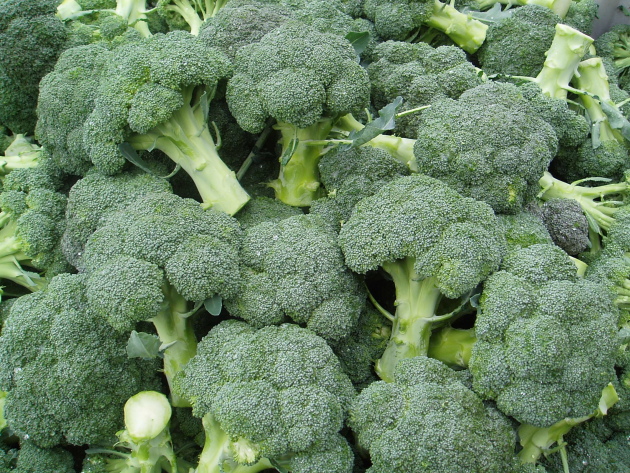
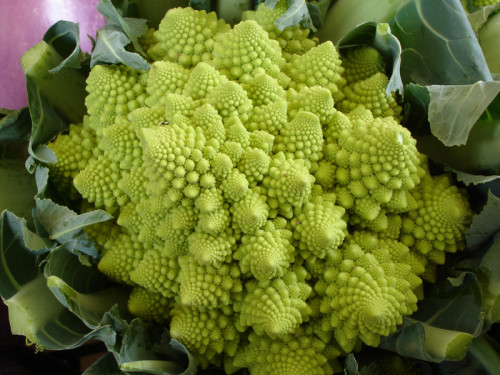
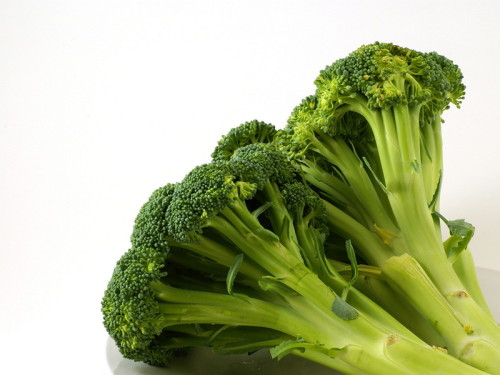
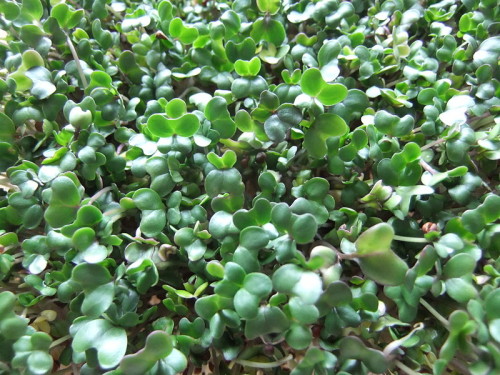
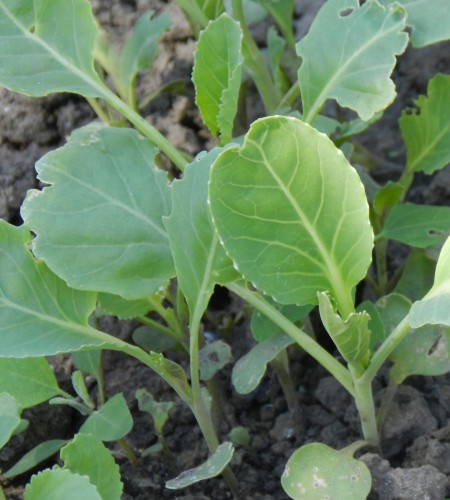
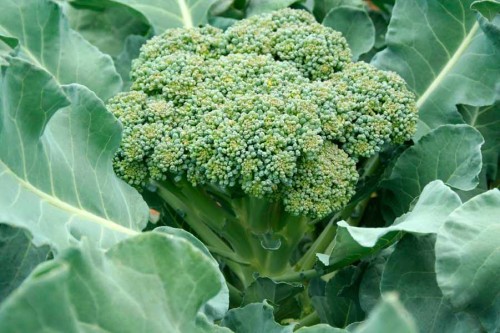
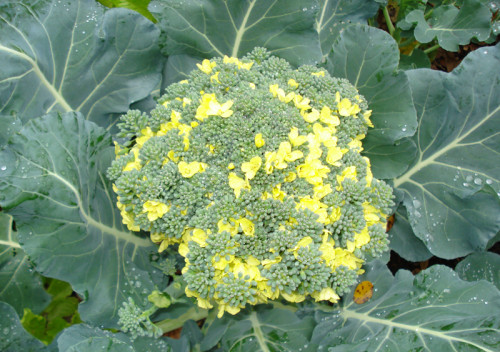












 Start a discussion ...
Start a discussion ...